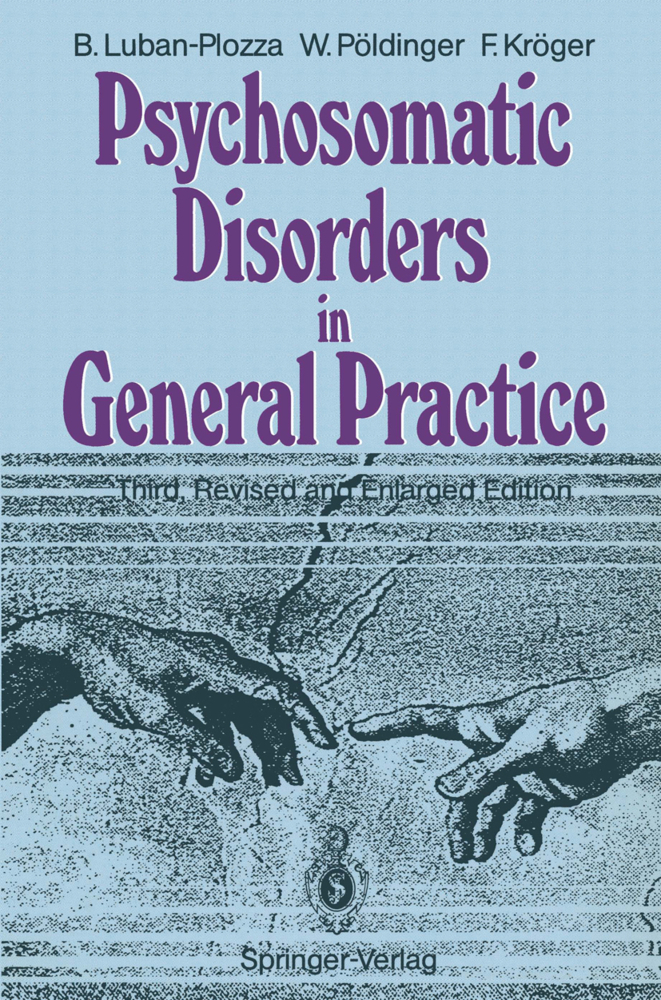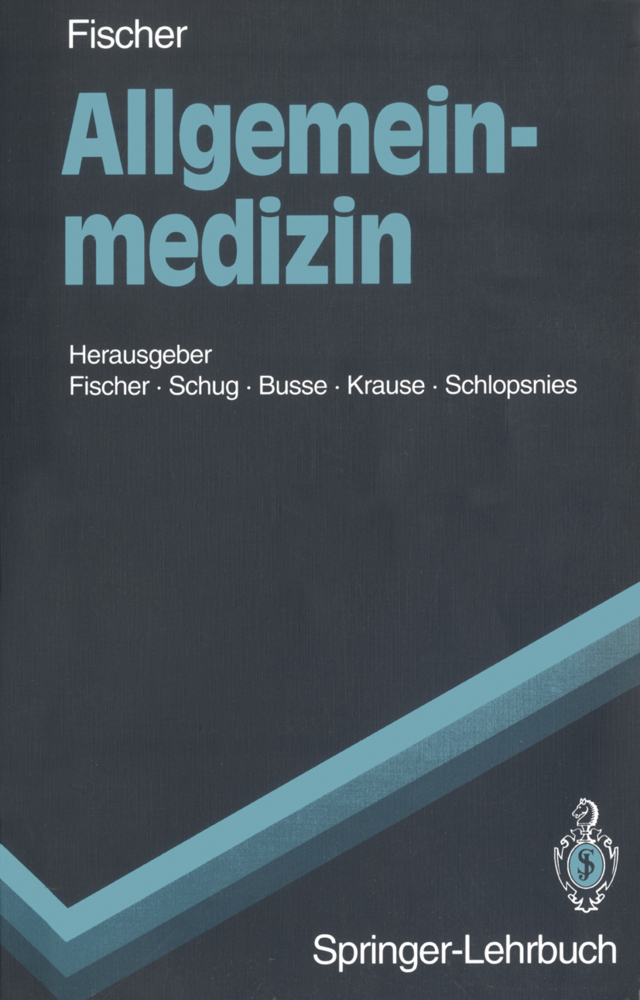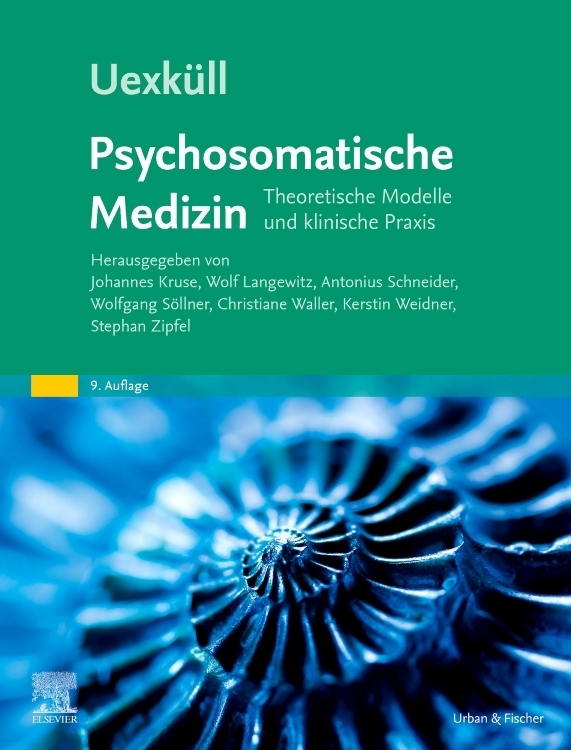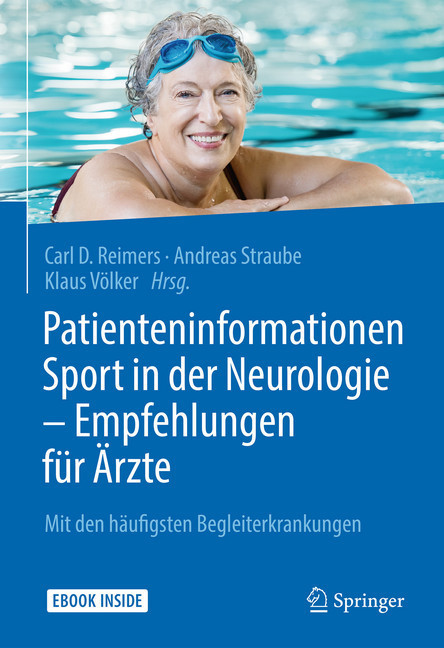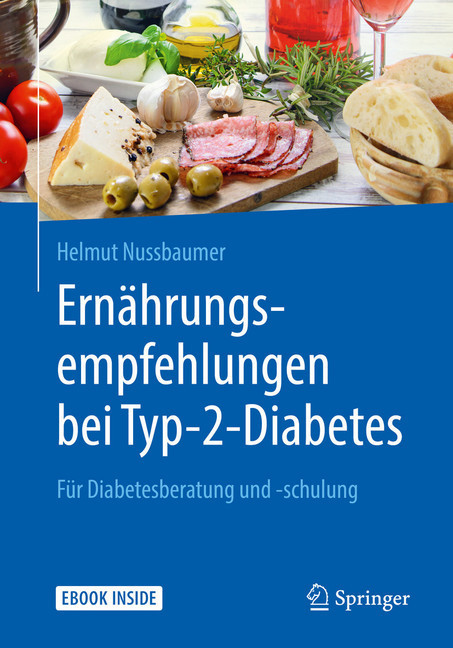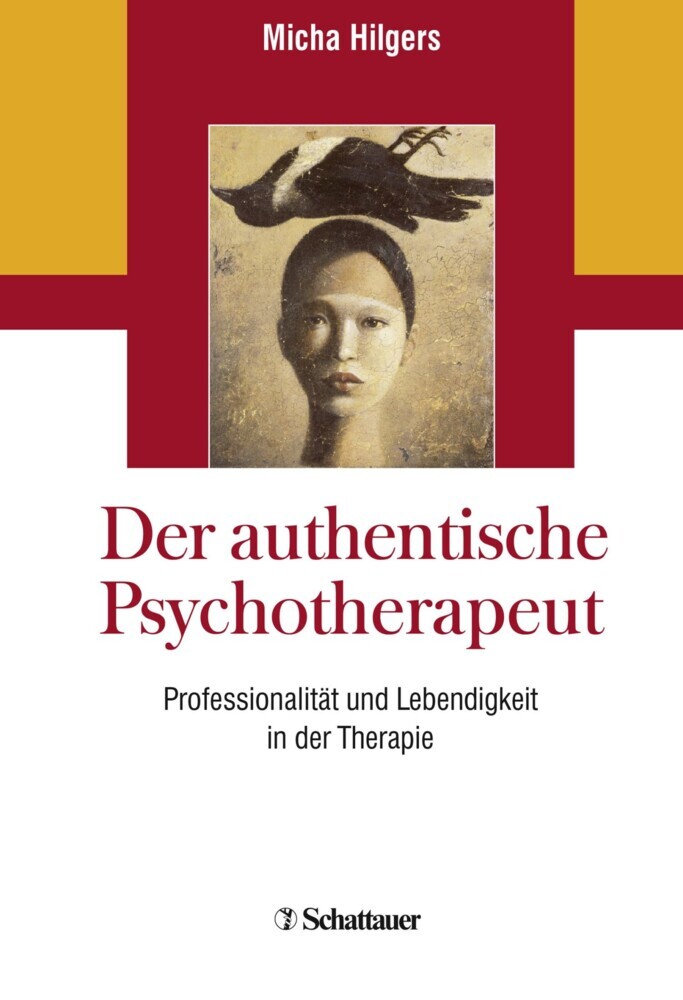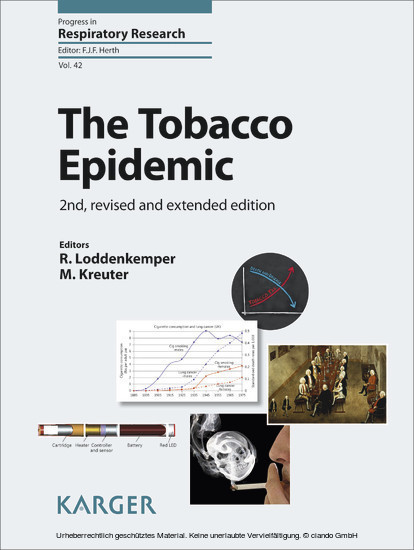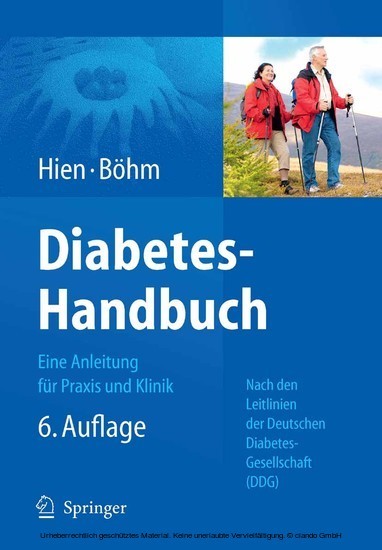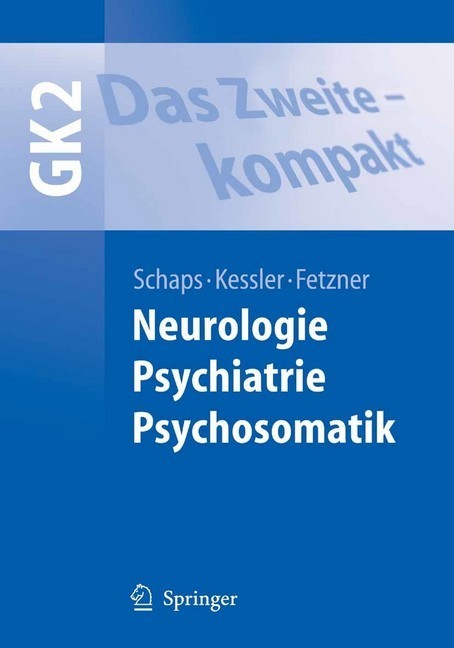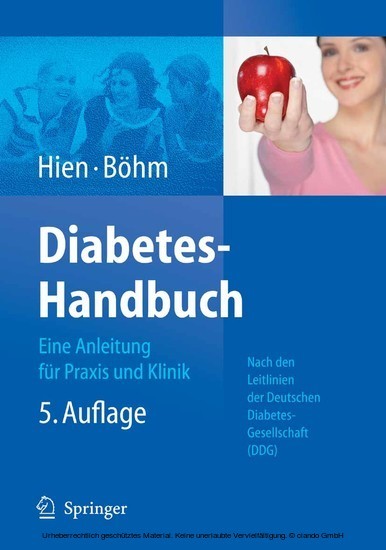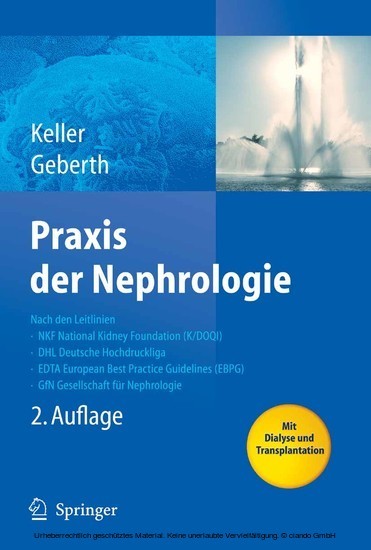Psychosomatic Disorders in General Practice
Psychosomatic Disorders in General Practice
Closely geared to general practice yet without neglecting basic theory, this book has retained so much appeal among readers .as to warrant a third edition. We assume that the work has retained its place among the leading publications on psychosomatics because it embodies our strong interest in the 'here and now' of medical practice. The timing of this thoroughly revised and enlarged edition appears opportune as psychosomatic basic care and the medicine of dialogue acquire more meaning in daily routine practice, and as the need for basic information increases. We conceive psychosomatics to be an integral part of medicine. When we speak of 'psychosomatic disorders' in this book, our premise is that somatic and psychosocial aspects play an important role in their pathogenesis and course. This notion constitutes the very basis of what is understood as psychosomatic medical treatment. Such a point of departure calls for a consistent spirit of cooperation with regard to the problems involved. This alone satisfies the initial requirement of simultaneously considering both the somatic and psychosocial aspects of health and illness.
1.2 Psychosomatic Correlates
2 Psychosomatic Disorders
2.1 Disorders of the Respiratory Organs
2.2 Cardiovascular Disorders
2.3 Aspects of Eating Behaviour
2.4 Gastrointestinal Disorders
2.5 Disorders of the Endocrine System
2.6 Aspects of Allergy
2.7 Skin Diseases
2.8 Headache
2.9 The Sleepless Patient
2.10 Gynecological Disorders
2.11 Musculoskeletal Disorders
3 Psychoautonomic Syndromes
3.1 Basics
3.2 Pathogenetic Concepts
3.3 Triggering Factors and Personality Profile
3.4 Types of Decompensation
3.5 Treatment
4 Psychosexual Disorders
4.1 Basics
4.2 Pathogenic and Therapeutic Concepts
4.3 Forms of Treatment
4.4 Sexuality with Increasing Age
4.5 Personal Experience of the Consultation in Psychosexual Medicine
5 Psychological and Psychosomatic Aspects of Dentistry
5.1 Basics
5.2 The Significance of the Oral Region
5.3 Going to the Dentist
5.4 The Dentist-Patient Relationship
5.5 Psychological Aspects During Treatment
5.6 The Various Groups of Patients
5.7 Psychogenic Influences in the Maxillofacial Region
5.8 Loss of Teeth
5.9 The Dental Prosthesis
5.10 Conclusions
6 The Psychosomatic Patient After Onset of Middle Age
6.1 Crises in Middle Age
6.2 Psychosomatic Disorders
6.3 Treatment
7 The Cancer Patient with an Unfavourable Prognosis
7.1 Basics
7.2 Informing the Patient of the Diagnosis
7.3 Family Participation
7.4 Sociopsychosomatic Implications
8 Aspects of Anxiety
8.1 Basics
8.2 Psychopathology of Anxiety Syndromes
8.3 Anxiety Disorders as Defined by International Systems of Classification
8.4 The Different Origins of Anxiety
8.5 Coping with Anxiety
8.6 Treatment of the Anxiety Syndrome
9 Masked Depression
10 The Psychosomatic Approach to the Patient
10.1 Problems of the Psychosomatic Approach
10.2 Various Forms of Dialogue with the Patient
10.3 Function and Course of the Interview
10.4 Dialogue as an Aid to Therapy
10.5 Balint Groups
11 The Rudiments of Treatment
11.1 The Problems of Integrating Psychotherapeutic Principles Into General Medicine
11.2 Relationship Therapy
11.3 Methods of Treatment
12 Psychopharmacotherapy
12.1 Antidepressants
12.2 Neuroleptics
12.3 Tranquilizers
12.4 Concomitant Effects
12.5 Intoxication with Psychopharmaceuticals
12.6 When Psychopharmaceuticals are Indicated in Psychosomatic Illness
12.7 Chronic Pain
12.8 Suicidal Tendencies
12.9 Drug Abuse and the Suicidal Impulse
12.10 Psychotherapy and Psychopharmacotherapy
References.
1 Psychosomatic Groundwork
1.1 Historical Introduction1.2 Psychosomatic Correlates
2 Psychosomatic Disorders
2.1 Disorders of the Respiratory Organs
2.2 Cardiovascular Disorders
2.3 Aspects of Eating Behaviour
2.4 Gastrointestinal Disorders
2.5 Disorders of the Endocrine System
2.6 Aspects of Allergy
2.7 Skin Diseases
2.8 Headache
2.9 The Sleepless Patient
2.10 Gynecological Disorders
2.11 Musculoskeletal Disorders
3 Psychoautonomic Syndromes
3.1 Basics
3.2 Pathogenetic Concepts
3.3 Triggering Factors and Personality Profile
3.4 Types of Decompensation
3.5 Treatment
4 Psychosexual Disorders
4.1 Basics
4.2 Pathogenic and Therapeutic Concepts
4.3 Forms of Treatment
4.4 Sexuality with Increasing Age
4.5 Personal Experience of the Consultation in Psychosexual Medicine
5 Psychological and Psychosomatic Aspects of Dentistry
5.1 Basics
5.2 The Significance of the Oral Region
5.3 Going to the Dentist
5.4 The Dentist-Patient Relationship
5.5 Psychological Aspects During Treatment
5.6 The Various Groups of Patients
5.7 Psychogenic Influences in the Maxillofacial Region
5.8 Loss of Teeth
5.9 The Dental Prosthesis
5.10 Conclusions
6 The Psychosomatic Patient After Onset of Middle Age
6.1 Crises in Middle Age
6.2 Psychosomatic Disorders
6.3 Treatment
7 The Cancer Patient with an Unfavourable Prognosis
7.1 Basics
7.2 Informing the Patient of the Diagnosis
7.3 Family Participation
7.4 Sociopsychosomatic Implications
8 Aspects of Anxiety
8.1 Basics
8.2 Psychopathology of Anxiety Syndromes
8.3 Anxiety Disorders as Defined by International Systems of Classification
8.4 The Different Origins of Anxiety
8.5 Coping with Anxiety
8.6 Treatment of the Anxiety Syndrome
9 Masked Depression
10 The Psychosomatic Approach to the Patient
10.1 Problems of the Psychosomatic Approach
10.2 Various Forms of Dialogue with the Patient
10.3 Function and Course of the Interview
10.4 Dialogue as an Aid to Therapy
10.5 Balint Groups
11 The Rudiments of Treatment
11.1 The Problems of Integrating Psychotherapeutic Principles Into General Medicine
11.2 Relationship Therapy
11.3 Methods of Treatment
12 Psychopharmacotherapy
12.1 Antidepressants
12.2 Neuroleptics
12.3 Tranquilizers
12.4 Concomitant Effects
12.5 Intoxication with Psychopharmaceuticals
12.6 When Psychopharmaceuticals are Indicated in Psychosomatic Illness
12.7 Chronic Pain
12.8 Suicidal Tendencies
12.9 Drug Abuse and the Suicidal Impulse
12.10 Psychotherapy and Psychopharmacotherapy
References.
Luban-Plozza, Boris
Pöldinger, Walter
Kröger, Friedebert
Balint, M.
Blythe, G.
Blythe, G.
| ISBN | 978-3-540-54556-9 |
|---|---|
| Artikelnummer | 9783540545569 |
| Medientyp | Buch |
| Auflage | 3. Aufl. |
| Copyrightjahr | 1992 |
| Verlag | Springer, Berlin |
| Umfang | XII, 255 Seiten |
| Abbildungen | XII, 255 p. 1 illus. |
| Sprache | Englisch |

